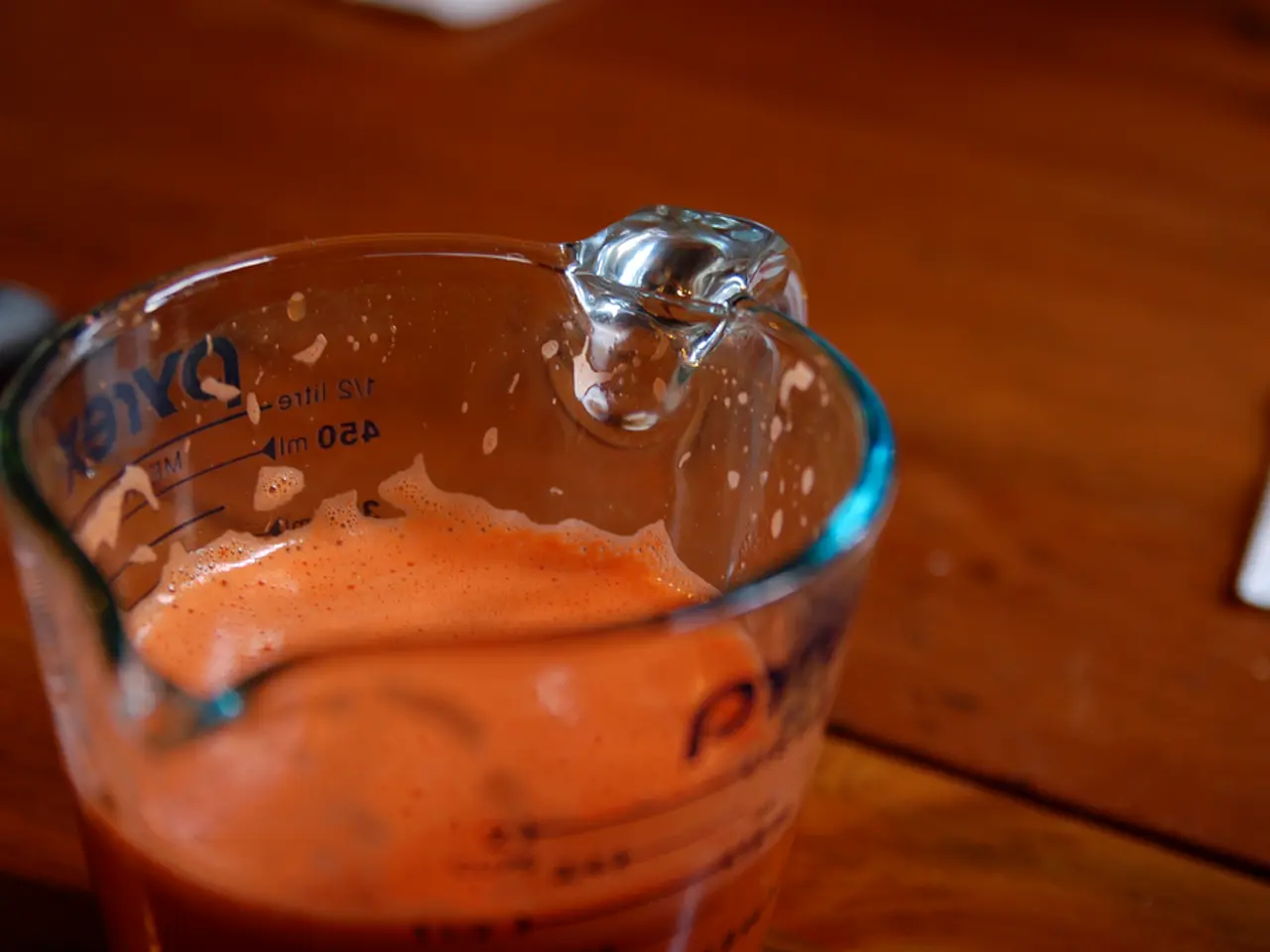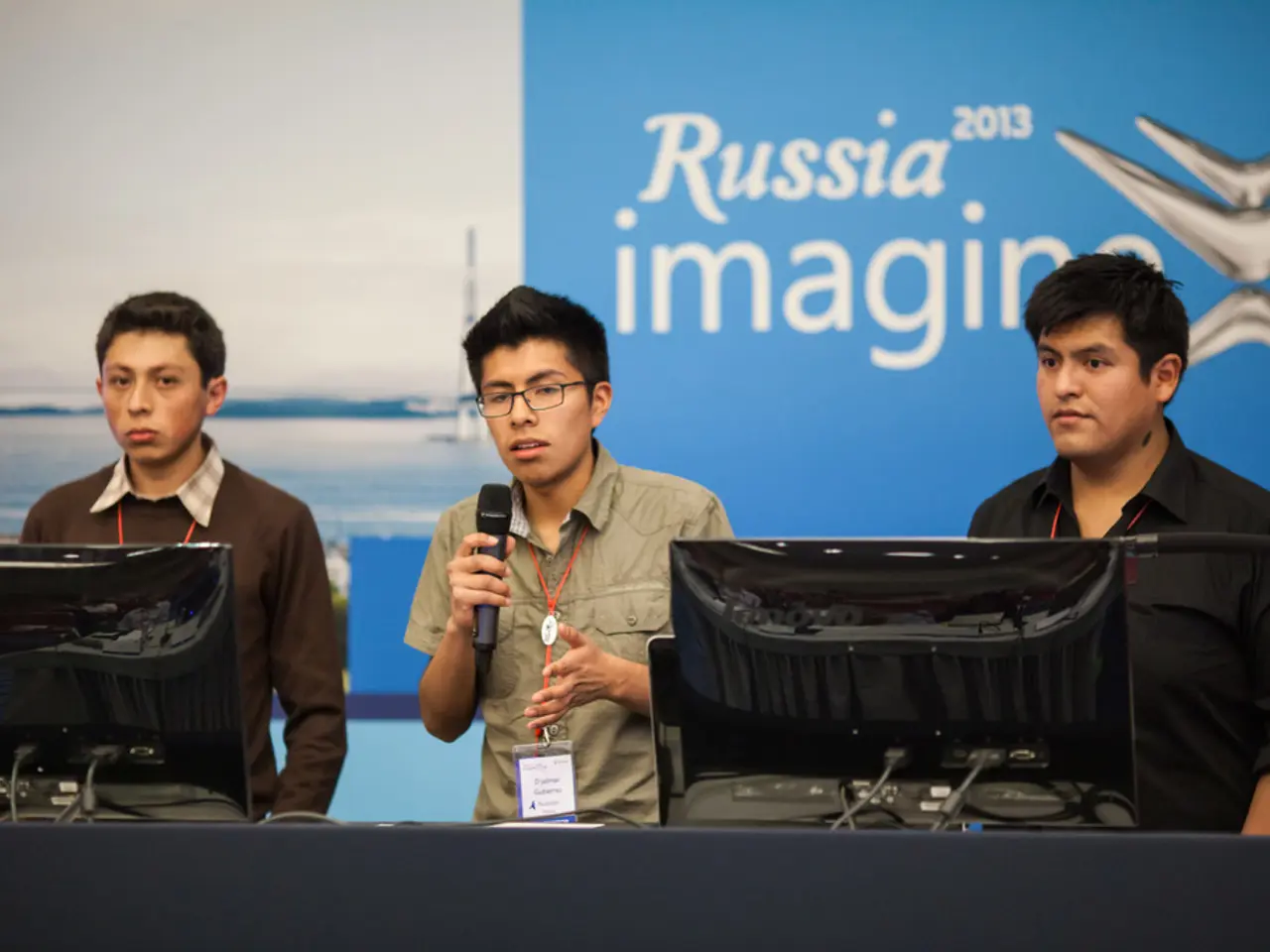Biotechnologist Developing Biocouture Using Lichens and Slime Molds
In an industry that accounts for around 10% of global carbon emissions, designer Piero D’Angelo is leading a movement towards a more eco-friendly future. D’Angelo's innovative approach, known as biocouture, significantly reduces the fashion industry's carbon footprint by shifting from resource-extractive practices to a regenerative, biology-based production model.
Biocouture is all about creating garments from natural sources or growing them from living organisms. This revolutionary approach enables garment production with lower energy inputs and fewer greenhouse gas emissions.
At the heart of D’Angelo's work is a new collaborator: the slime mold (physarum polycephalum). By using cold water and natural pigments produced by this organism for feeding, D’Angelo avoids energy waste and petrochemicals, making everything he produces good for both humans and the planet.
The process of creating wetware couture with slime mold requires optimal conditions of warmth, moisture, and relative darkness. To maintain the health of the slime mold, it is fed agar, oats, and other nutrients through minuscule holes in the garment. The 3D printed support structure enables the slime mold to expand in line with the garment, resulting in an intricate yellow leaf-like pattern.
Biocouture can bring dermatological health benefits, especially when compared to the harmful chemicals found in polyester. Moreover, biocouture is carbon negative and planet positive, as algae used in the clothes absorb more carbon dioxide than trees compared to its relative size.
D’Angelo has experimented with 3D printing to mimic the slime mold’s natural shape and include holes for feeding. This innovative use of technology allows for the creation of unique, organic, and unpredictable patterns that are both beautiful and sustainable.
While biocouture is still an emerging discipline, it represents a generative alternative that could substantially cut emissions compared to traditional fashion supply chains. By using living organisms to create textiles, the industry can move toward sustainable, carbon-friendly production cycles.
D’Angelo started working with living organisms and biotechnology to create garments in 2018. His work with lichens, a composite organism composed of a symbiotic partnership between fungi and photosynthetic organisms like algae, led to the creation of "grow your own couture". In this unique approach, couture changes color, texture, and shape as the organisms expand and develop.
D’Angelo has launched DIY fashion kits to enable wearers to cultivate wearable lichen. His first collection of biocouture included elaborate dresses and two-pieces made from lichens, slime mold, and living fibers.
As we move towards a more sustainable future, biocouture offers a promising solution for the fashion industry. By learning from nature and collaborating with living organisms, D’Angelo and others in the field are paving the way for a carbon-friendly, regenerative fashion industry.
- Piero D’Angelo's innovative biocouture approach, which uses slime molds and natural sources, significantly reduces the fashion industry's carbon footprint.
- Biocouture's approach to garment production uses lower energy inputs and fewer greenhouse gas emissions compared to traditional methods.
- By using cold water and natural pigments produced by slime molds, D’Angelo avoids energy waste and petrochemicals, making his work beneficial for both humans and the environment.
- Biocouture's use of algae in clothes not only improves dermatological health but also absorbs more carbon dioxide than trees, making it carbon negative and planet positive.
- Biocouture's unique patterns are created by using technology to mimic the slime mold’s natural shape and including holes for feeding.
- As living organisms are used to create textiles in biocouture, the fashion industry can move towards sustainable, carbon-friendly production cycles.




